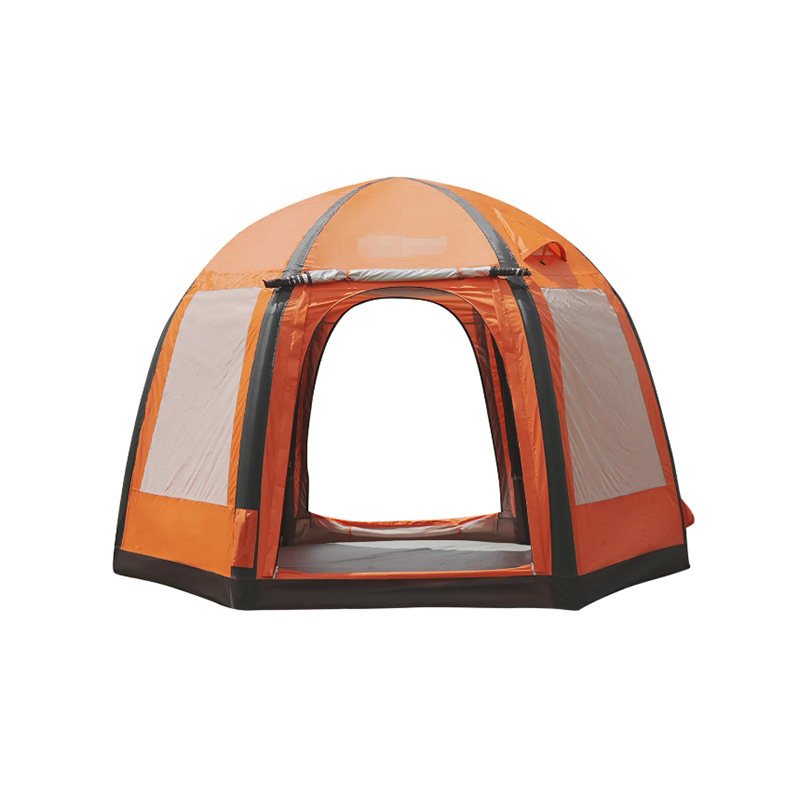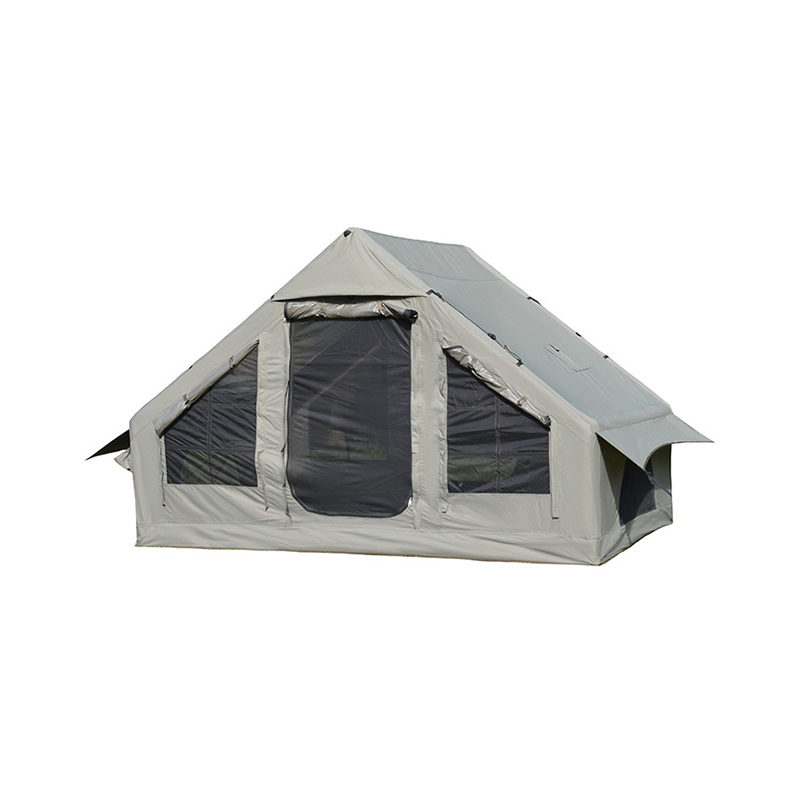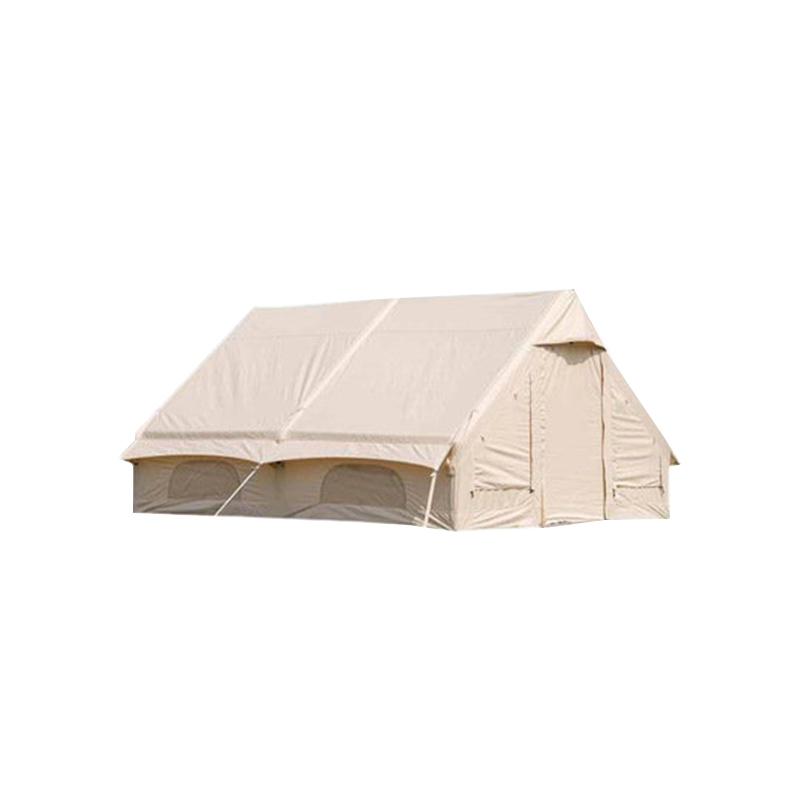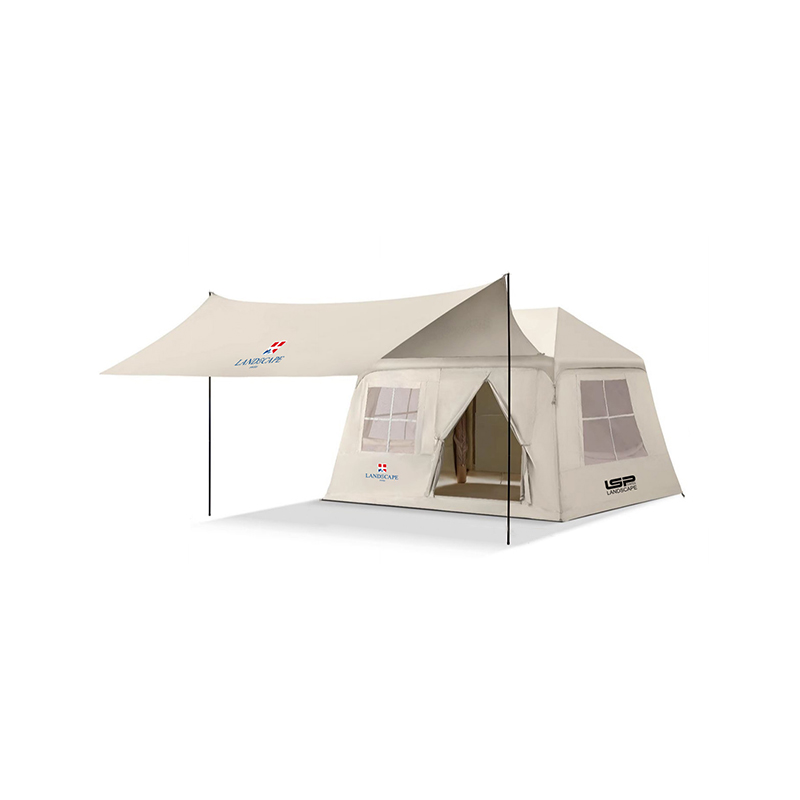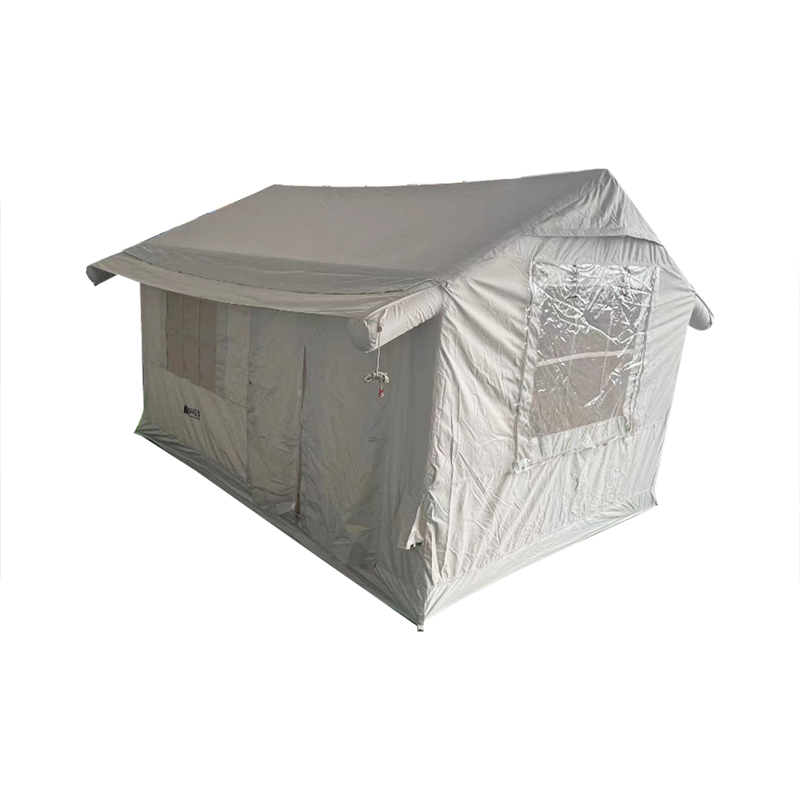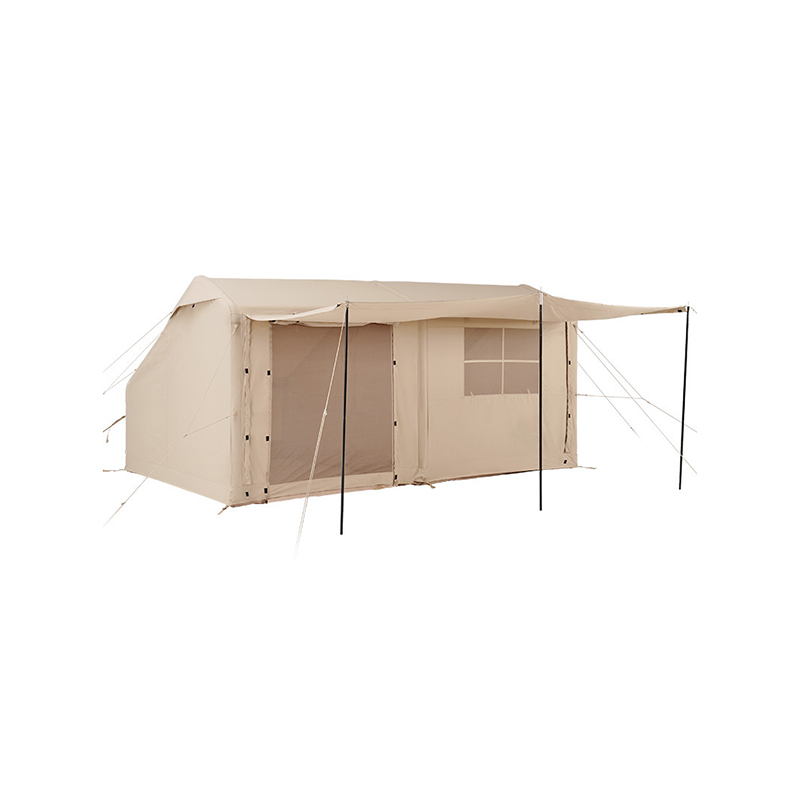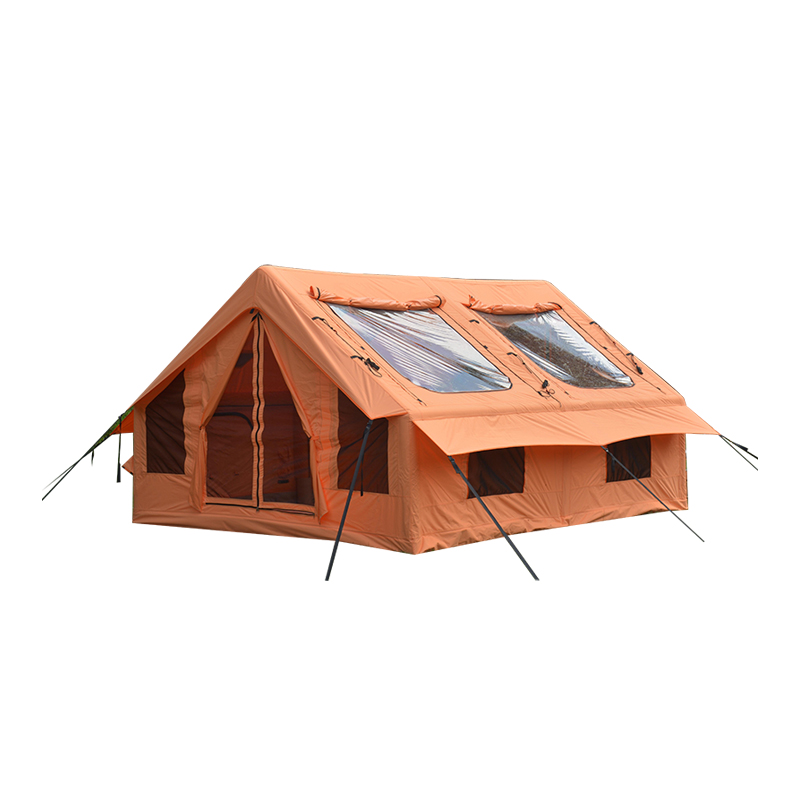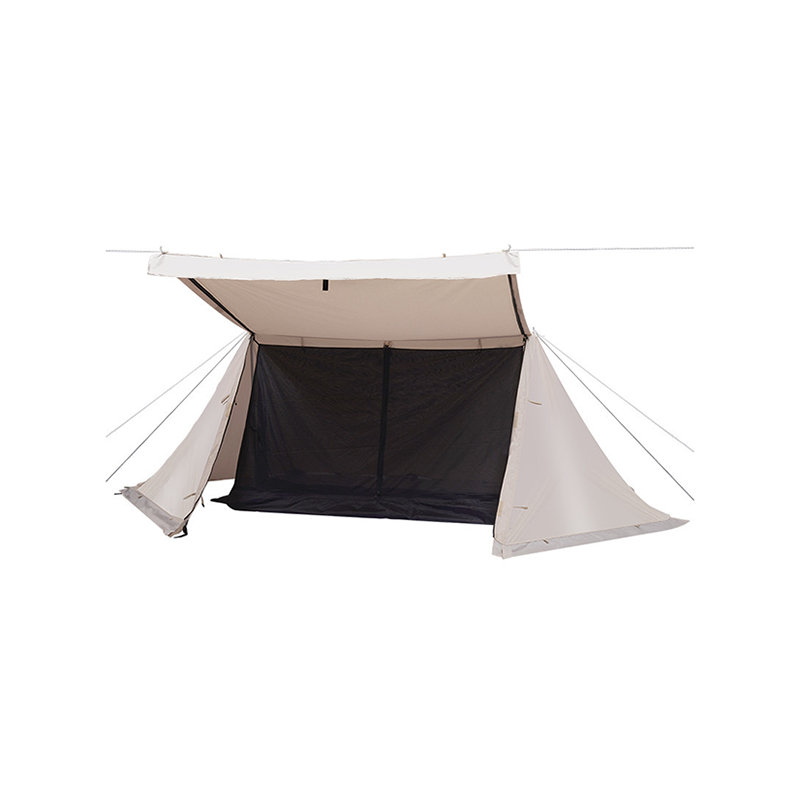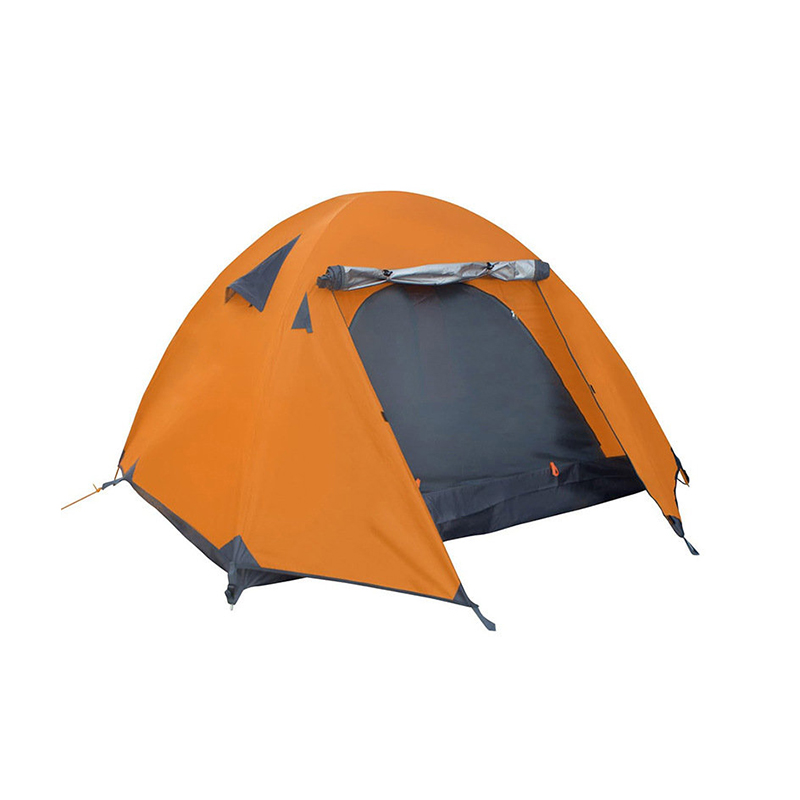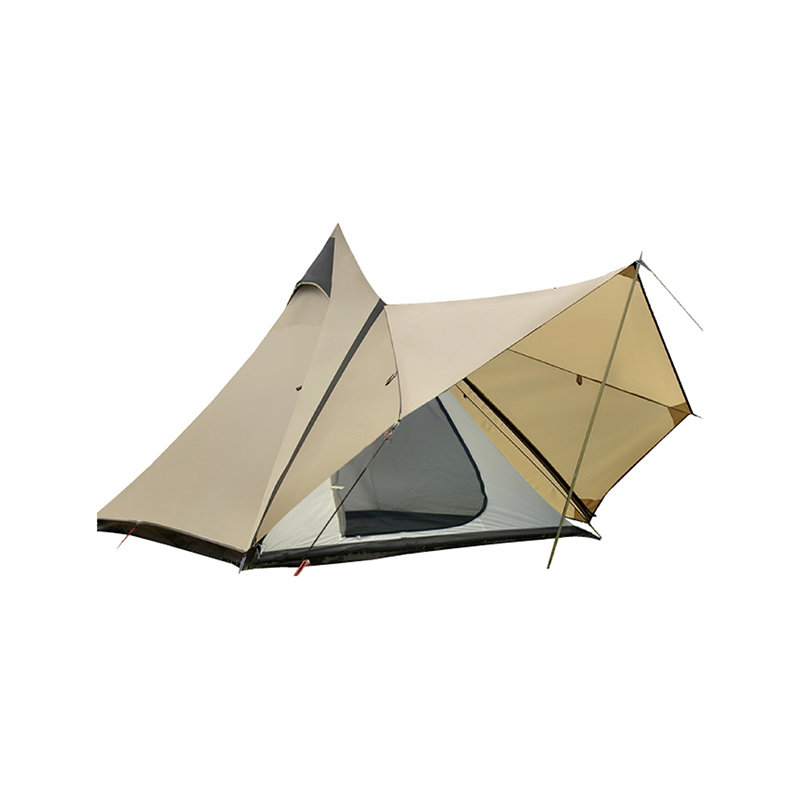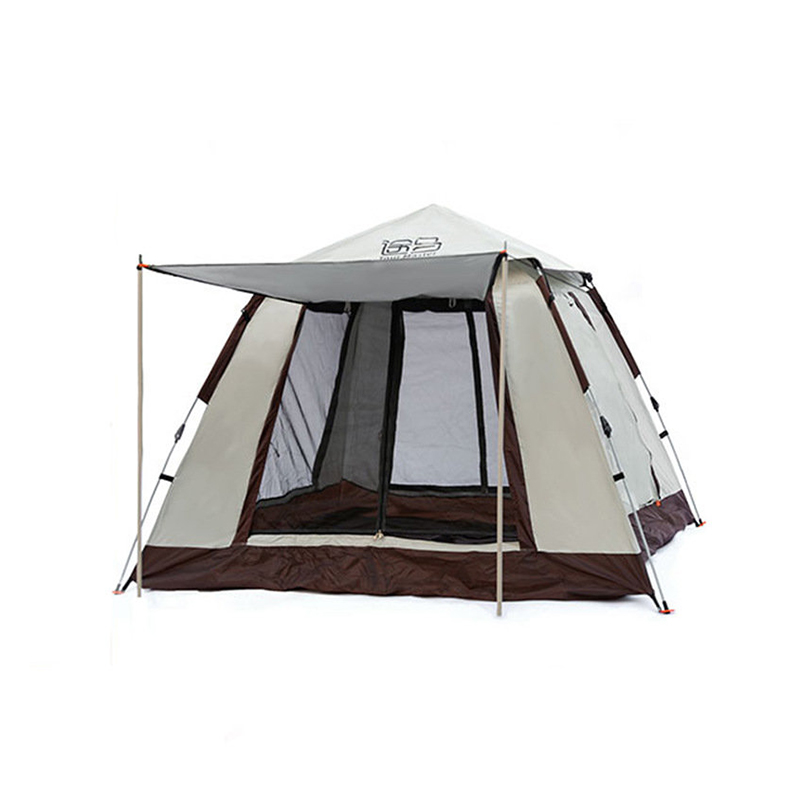The Inflatable Tent With Canopy utilizes an air-supported frame, a design that distinguishes it from traditional tents, which rely on rigid poles and frameworks. Instead of spending time assembling and connecting individual metal or fiberglass poles, the inflatable tent simply requires inflation. Once the air pump is connected to the valve, the structure gradually fills with air and takes shape. This self-supporting frame eliminates the need for manual adjustments and ensures the tent remains upright as soon as it reaches full inflation. This immediate structural integrity is a significant time-saver, reducing the setup time from potentially 30 minutes to as little as 10 minutes, depending on the size of the tent.
The Inflatable Tent With Canopy is designed with a straightforward setup process. To set up a traditional tent, users must assemble poles, secure them to the tent body, and use stakes to secure the structure to the ground. In contrast, an inflatable tent only requires attaching the air pump to the valve and inflating the frame. This simplified process dramatically reduces setup time. The air pumps provided with most inflatable tents are electric or battery-operated, which allows for quick inflation, within 5 to 10 minutes, depending on the size of the tent. The removal of the need for multiple components, such as poles, ropes, and stakes, makes the overall process far more efficient. This ease of setup makes inflatable tents ideal for users looking for quick shelter solutions during outdoor events or spontaneous camping trips.
The Inflatable Tent With Canopy is just as easy to take down as it is to set up. After use, the air can be released from the tent by opening the valve, allowing the tent to deflate in a matter of minutes. Because the structure relies on air pressure to maintain its shape, deflation is much quicker than disassembling a traditional tent, where poles and components need to be carefully packed away to prevent damage. With an inflatable tent, users simply deflate, fold, and pack the tent into its carry bag. The absence of rigid poles and complex disassembly processes means that takedown is completed in 5 minutes or less, allowing users to focus on other tasks like packing personal gear or heading to their next destination.
Conventional tents come with a large number of components, such as multiple poles, stakes, guylines, and connectors. Each component must be organized, handled carefully, and assembled in the correct order, leading to a longer setup time. The Inflatable Tent With Canopy, by contrast, has just two essential components: the tent body and the air pump. There are no poles to manage, no ropes to tie, and no stakes to secure. This simplicity makes setup and takedown much more efficient and straightforward. The reduced number of components also decreases the risk of losing parts or making mistakes during setup, which is a common issue with traditional tents. The ease of handling fewer parts ensures that both setup and breakdown can be completed quickly, even by a single person, making the inflatable tent more accessible to less experienced campers.
While traditional tents require stakes or guylines for stability, especially in windy conditions, many Inflatable Tents With Canopies use their air-supported structure to remain stable on their own. The pressurized air in the frame allows the tent to stand firm even in mild weather conditions without additional anchoring. This is especially useful when setting up in flat, stable areas where extra anchoring may not be necessary. The absence of stakes and guylines not only speeds up the setup but also eliminates the need for users to spend time securing the tent to the ground. In gusty conditions, however, some inflatable tents come with optional anchoring points or weighted bases that allow for additional stability, but these are typically quicker to install than traditional guylines.



 English
English 中文简体
中文简体